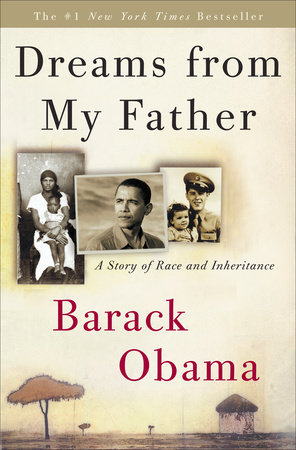Mixed Race in the Seminole NationPosted in Anthropology, Articles, Biography, History, Identity Development/Psychology, Media Archive, Native Americans/First Nation, United States on 2011-01-23 18:45Z by Steven |
Mixed Race in the Seminole Nation
Ethnohistory
Volume 58, Number 1 (Winter 2011)
pages 113-141
DOI: 10.1215/00141801-2010-066
Kevin Mulroy, Associate University Librarian
University of California, Los Angeles
This is a story of two hidden identities. It focuses on the family history of Phil Wilkes Fixico (aka Philip Vincent Wilkes and Pompey Bruner Fixico), a contemporary Seminole maroon descendant of mixed race who lives in Los Angeles. Phil is one-eighth Seminole Indian, one-quarter Seminole freedman, one-eighth Creek freedman, one-quarter Cherokee-freedman, and one-quarter African-American-white. His family history records that his paternal grandfather was the offspring of a Seminole Indian woman and a Seminole freedman, but that this “intermarriage” was kept secret from the Dawes Commission and the boy was enrolled as a “fullblood” Indian. This one union and the subsequent history of the family tell us a great deal about relations between Seminoles and freedmen in the Indian Territory and Oklahoma and about status and identity issues among individuals of mixed race within American society. With tragic irony, Phil’s parents also hid the identity of his biological father, echoing the story of his grandfather. Sensing family secrets and lies, young Phil experienced an identity crisis. Eventually discovering his father’s identity and his family history, Phil turned his life around. He has embraced his mixed-race heritage, connected with the Seminole maroon communities in Oklahoma, Texas, and Mexico, and become a creative and energetic tribal historian.
Read or purchase the article here.



